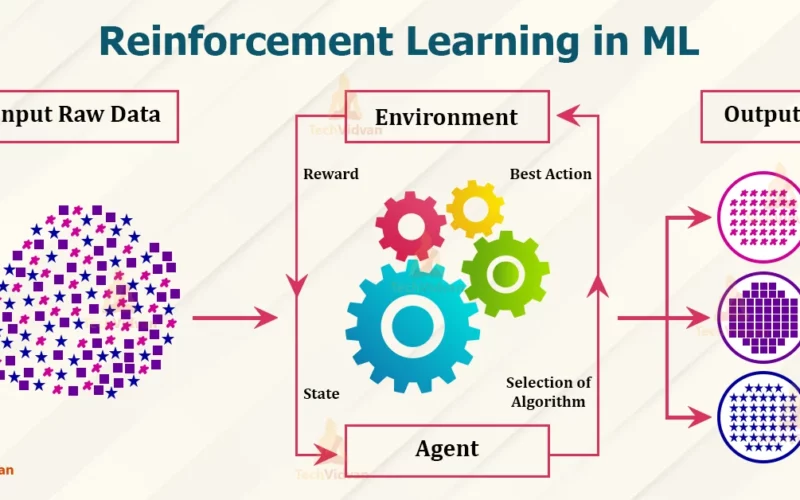Reinforcement learning (RL) is a type of machine learning that allows an agent to learn how to behave in an environment by trial and error. The agent is given a reward for taking actions that lead to desired outcomes and a penalty for taking actions that lead to undesired outcomes. Over time, the agent learns to take actions that maximize its expected reward.
RL has been shown to be very effective at learning complex tasks, such as playing games, controlling robots, and optimizing financial trading strategies. As a result, there has been a great deal of hype surrounding RL in recent years. Some people believe that RL is the key to creating truly intelligent machines, while others believe that it is simply a new way to solve old problems.
So, does RL really live up to the hype? The answer is both yes and no. On the one hand, RL has already achieved some amazing results. For example, the DeepMind AlphaGo program was able to beat a professional Go player, and the OpenAI Five team was able to beat a professional Dota 2 team. These results suggest that RL is capable of learning very complex tasks.
On the other hand, RL is still a relatively young field, and there are many challenges that need to be addressed before it can be widely deployed. For example, RL algorithms can be very computationally expensive, and they often require a lot of training data. Additionally, RL algorithms can be sensitive to the environment in which they are deployed, and they can be difficult to adapt to new situations.
Overall, RL is a promising technology with the potential to revolutionize many industries. However, it is important to temper expectations and remember that RL is still under development. There are many challenges that need to be addressed before RL can be widely deployed, but the potential benefits are great.
Here are some of the specific benefits of RL:
- It can learn complex tasks. RL algorithms can learn to perform tasks that are too difficult or dangerous for humans to do, such as controlling robots in dangerous environments or optimizing financial trading strategies.
- It is adaptive. RL algorithms can adapt to new situations and learn from their mistakes. This makes them well-suited for tasks that are constantly changing, such as playing games or controlling robots in dynamic environments.
- It is scalable. RL algorithms can be scaled to large problems, such as those that arise in the field of artificial general intelligence.
Here are some of the specific challenges of RL:
- It can be computationally expensive. RL algorithms often require a lot of computation to train, which can be a barrier to adoption in some cases.
- It requires a lot of training data. RL algorithms need to be trained on a lot of data in order to learn complex tasks. This can be a challenge in some cases, where it may be difficult or expensive to collect the necessary data.
- It can be sensitive to the environment. RL algorithms can be sensitive to the environment in which they are deployed. This means that they may not be able to generalize well to new situations.
Overall, RL is a promising technology with the potential to revolutionize many industries. However, it is important to temper expectations and remember that RL is still under development. There are many challenges that need to be addressed before RL can be widely deployed, but the potential benefits are great.
In the future, I believe that RL will become increasingly important as we develop more complex and intelligent machines. RL will allow us to create machines that can learn and adapt to new situations, which will be essential for solving many of the world’s most pressing problems.thumb_upthumb_downuploadGoogle itmore_vert











